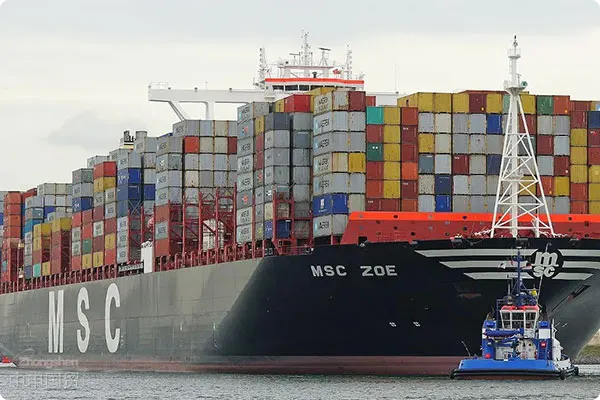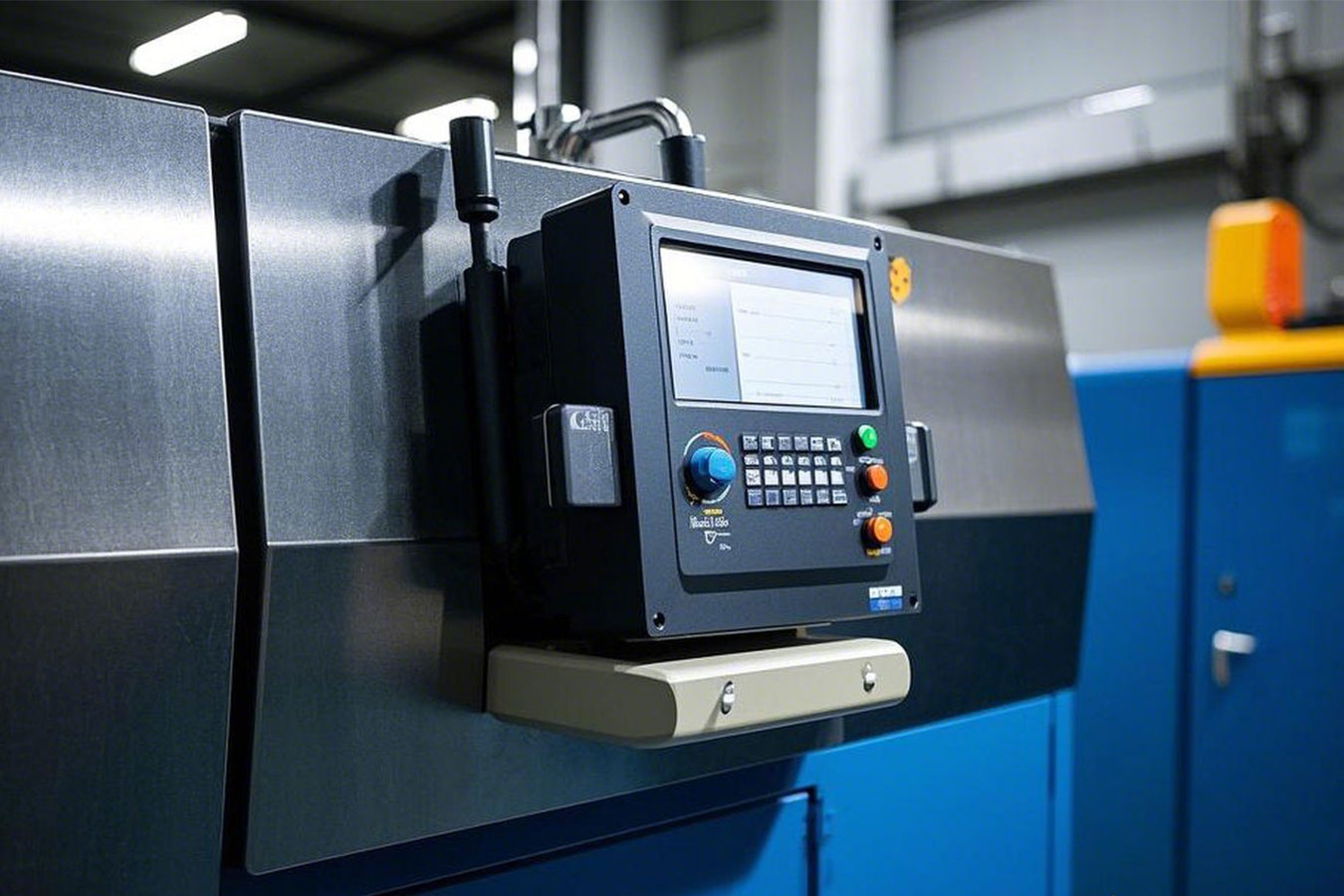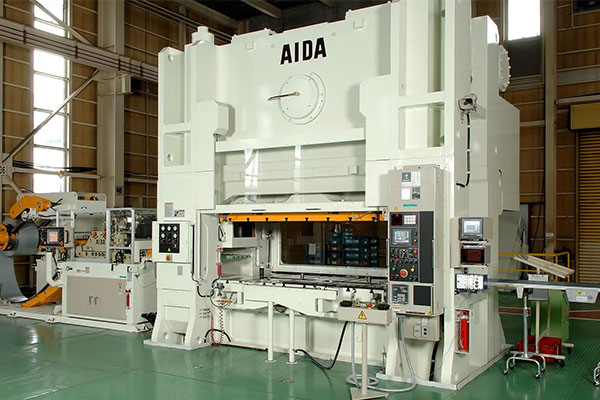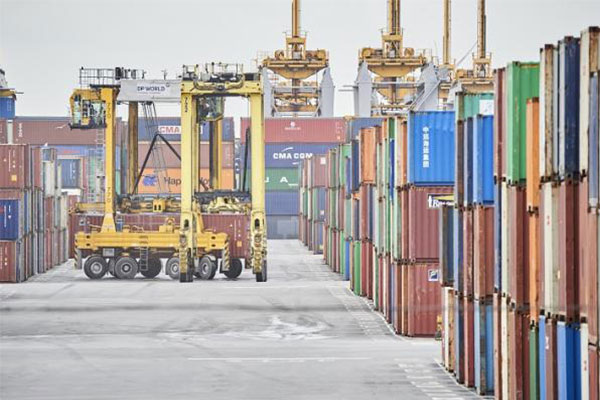- Shanghai Zhongshen International Trade Co., Ltd. - Two decades of trade agency expertise.
- Service Hotline: 139 1787 2118

Japanese machineryEquipment ImportsMarket advantages and risks coexist.
As a benchmark in the global precision manufacturing sector, Japanese machinery and equipment account for 23.6% of China's import market (customs data for Q1 2025). Brands such as Mitsubishi Heavy Industries, Fanuc, and Yaskawa Electric continue to maintain technological leadership in fields like automotive manufacturing, electronic processing, and industrial robotics. However, frequent issues during the import process...Misjudgment of HS Code,Technical standard conflicts,Logistics solution defectsIssues such as these have resulted in an average customs clearance cycle that is 5-8 working days longer compared to equipment from Europe and America.
Comprehensive Analysis of the Value Chain in Professional Agency Services
Compared to independent operations by enterprises, professionalforeign tradeAgents create differentiated value across three dimensions:
- Technical parameter pre-review mechanism
- Identify compatibility differences between JIS standards and GB standards in advance.
- Predict the energy efficiency certification requirements for specific equipment (such as METI registration with the Ministry of Economy, Trade and Industry).
- Tariff optimization scheme design
- Utilize the China-Japan Tariff Reduction Schedule for tariff classification argumentation.
- Application for Duty-Free Status on Specific Equipment Under the 2025 Revised ECFA
- Customized Special Logistics Solutions
- Transportation and On-Site Assembly Plan for Oversized Equipment
- Temperature and Humidity Controlled Container Configuration for Precision Instruments
Typical Scenarios of Customs Clearance Delays and Coping Strategies
According to the 2025 case database of import equipment violations released by the General Administration of Customs, Japanese mechanical equipment primarily exhibits the following risk points:
- HS Code Disputes: The tool magazine system of CNC machine tools was mistakenly classified under the complete machine tariff code, resulting in a 12% increase in the tax rate.
- Missing documents: The absence of JACA (Japan Air Cleaning Association) certification has affected the customs clearance progress.
- Transportation Loss: The failure to use anti-static packaging resulted in damage to the precision circuit board, leading to a quality dispute.
Key decision points for import cost control
A comparison of import cases from an automotive parts company between 2024 and 2025 reveals:
- Independent Operations Group: Average lead time 47 days, hidden costs accounting for 21.3%
- Agent Service Group: The average delivery cycle is 32 days, with hidden costs reduced to 9.8%.
Among them,Hidden CostsIt mainly includes non-explicit expenses such as demurrage fees, technical rectification costs, and breach of contract penalties. Professional agencies can reduce over 60% of unexpected costs through preliminary risk screening.
Key technical interface points during equipment acceptance phase
After the imported equipment has completed customs clearance, the following points still require attention:
- Japanese engineers came to China for installation.Work visa application
- During the equipment debugging phase,Technical parameter conversion(For example, a 110V to 220V power adapter)
- Quality objection period:Preparation of Claim Materials(Original transport seal must remain intact)
Related Recommendations
? 2025. All Rights Reserved. Shanghai ICP No. 2023007705-2  PSB Record: Shanghai No.31011502009912
PSB Record: Shanghai No.31011502009912










